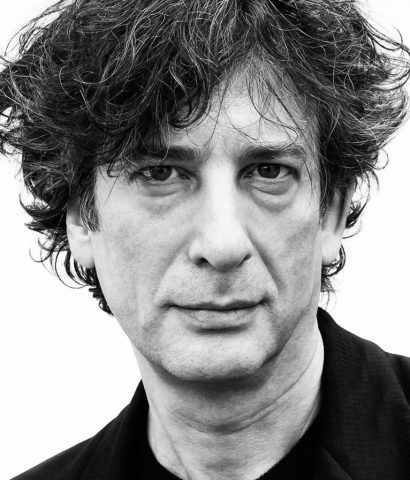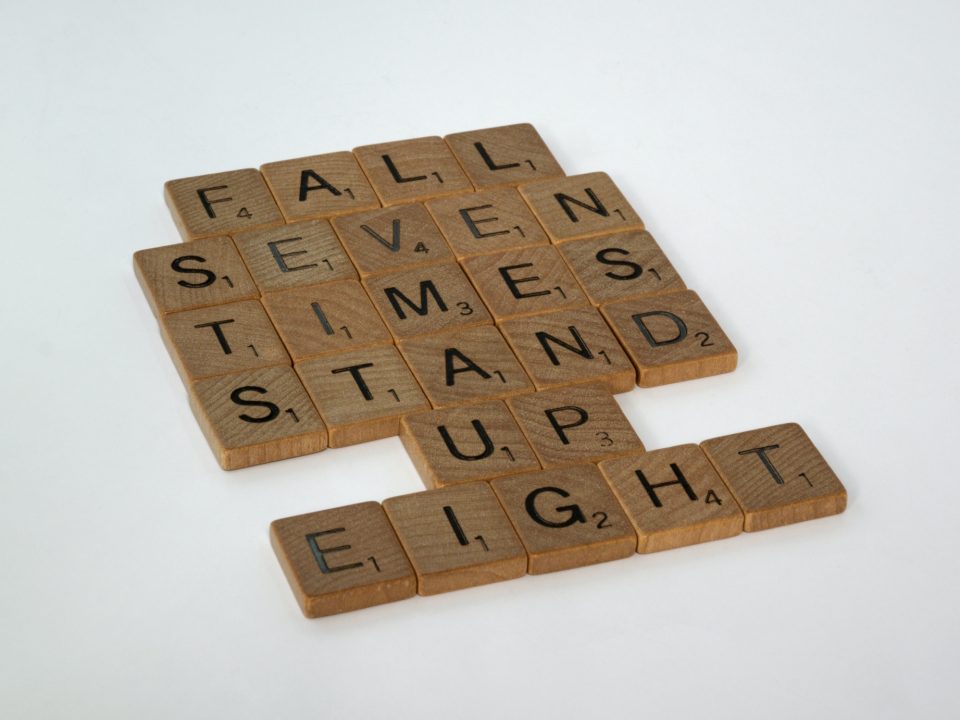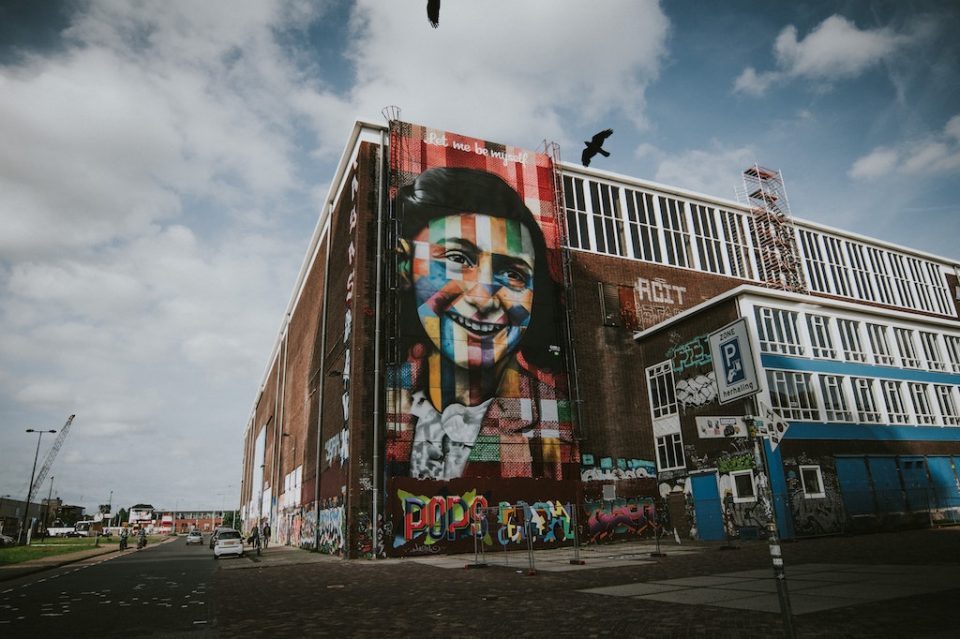Neil Gaiman, The Storyteller

Why you should be Doodling?
January 8, 2019
Why You Should take Notes on Paper in Meetings?
January 15, 2019
British author Neil Gaiman writes books that enchant children and adults. Born in Hampshire, England, in 1960, Neil now lives in Menomonie, Wisconsin, and
Cambridge, Massachusetts.
As a child, Gaiman loved reading. He has said, “I was a reader… Reading things gave me pleasure. I was very good at most subjects at school, not because I hadany particular aptitude in them, but because normally on the first day of school they’d hand out schoolbooks, and I’d read them – which would mean that I knew what was coming up because I’d read it.”
His big writing break came in 1984 when he wrote a biography of the pop group Duran Duran. The first printing quickly sold out – hinting at the writer’s promise. Around this same time, he picked up a copy of Alan Moore’s Swamp Thing at London’s Victoria station. His enjoyment of the comic-inspired Gaiman to subsequently make frequent trips to London’s Forbidden Planet shop.
During this period, Gaiman worked as a journalist but in 1987 he ended his journalism career. He has since said this was because British newspapers regularly publish untruths as fact.
Instead, Gaiman turned to comic books to explore a new, distinctive voice. First with Black Orchid, which he wrote with Dave McKean from 1987. Then with The Sandman, which began in 1989 as the result of a commission to revive old DC characters.
This idea flourished into a work that would stretch over 75 issues. Gaiman has said, “I had these mad grandiose schemes of making comics that were art, and I
did.”
Although the series officially ended in 1996, in 2003 the Sandman Collection Endless Nights became the first graphic novel to make the New York Times
bestseller list.
It is this background which has led to Gaiman’s status as a cult writer – although Gaiman himself has continually eschewed the notion of genre; arguing in the New Statesman that the notion is a marketing construct rather than of literary value.
Through this period, Gaiman was also working on other projects, including his first novel, Good Omens, a collaboration with Terry Pratchett and his first solo novel, a novelization of his BBC mini-series Neverwhere.
The fantasy novel Stardust followed in 1999 and, in 2001, the ambitious – and award-winning – American Gods. Stardust was later adapted to film; starring
Charlie Cox, Robert De Niro, Michelle Pfeiffer, and Claire Danes and released in 2007.
Like American Gods, the children’s books Coraline and The Graveyard Book, which followed in 2002 and 2008 respectively, were award-winning novels. A stop-
motion film adaptation of Coraline was released in 2009. As well as having a number of novels adapted to film, Gaiman has also written for film and television,
with credits including Doctor Who.
“I don’t think I’m mainstream,” Gaiman told the Guardian in 2013, “I think what I am is lots and lots of different cults. And when you get lots and lots of small groups who like you a lot, they add up to a big group without ever actually becoming
mainstream.”
His collaboration with illustrator Chris Riddell has spanned a number of Gaiman’s children’s books and a non-fiction collaboration: Art Matters (Because Your
Imagination Can Change the World), which includes the pair’s essay on why we need libraries – a passionate advocation for reading for pleasure.
Perhaps his stories are the best advocates for reading for pleasure, having brought enjoyment to millions. As Gaiman has said, “The world always seems brighter
when you’ve just made something that wasn’t there before.”



